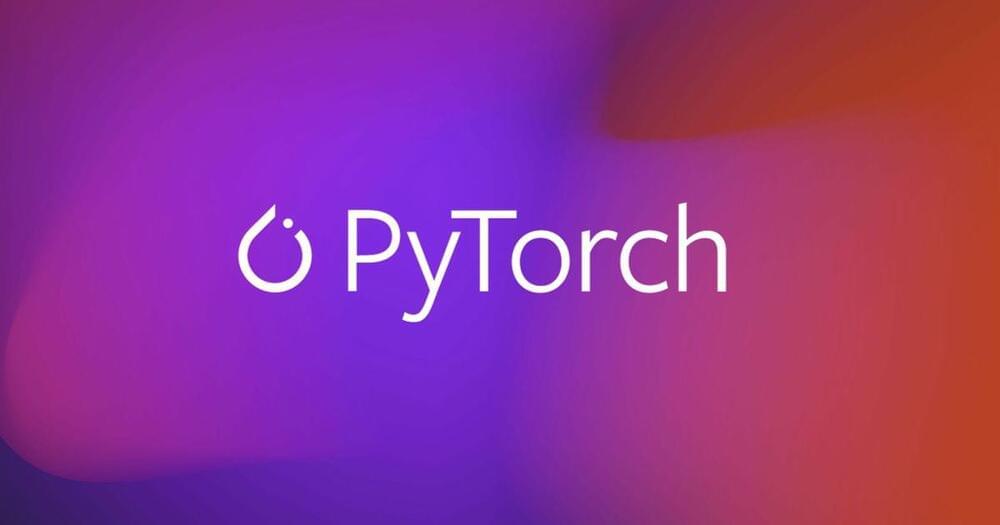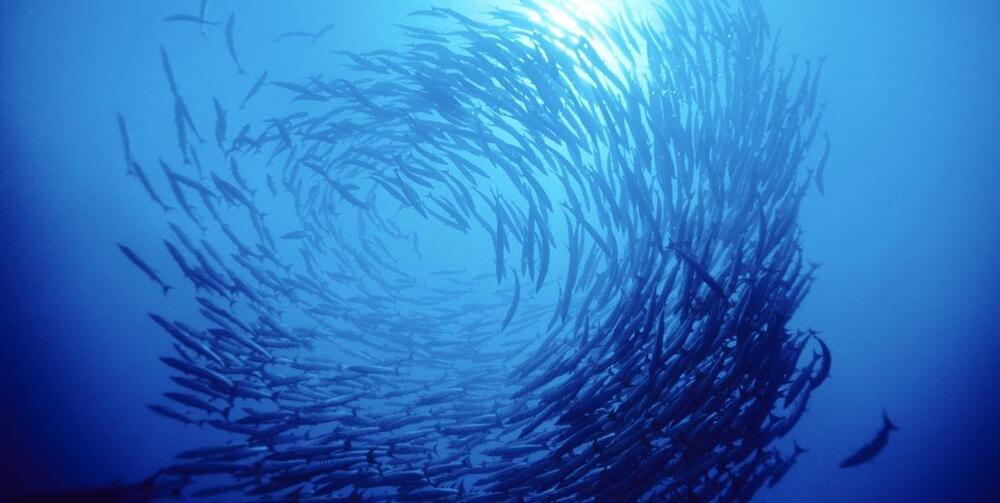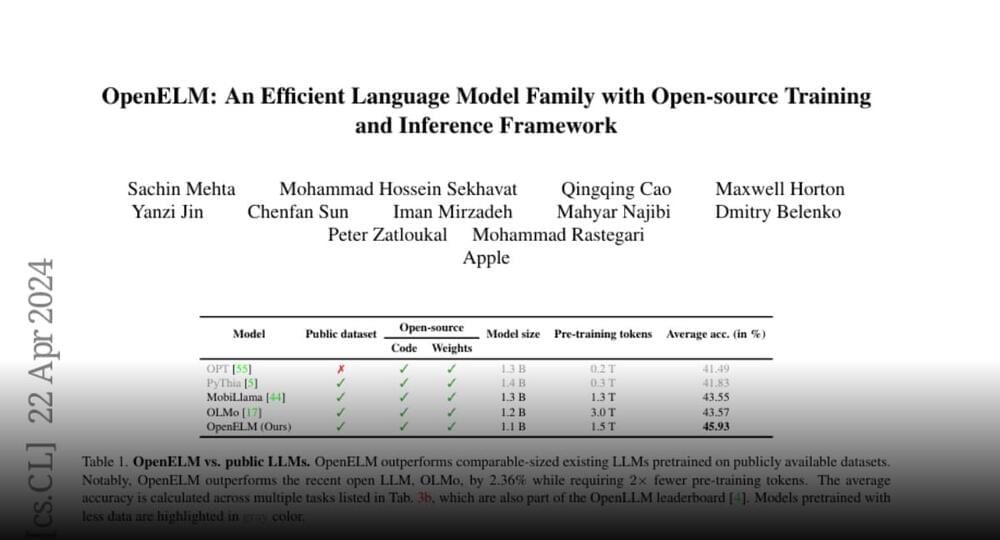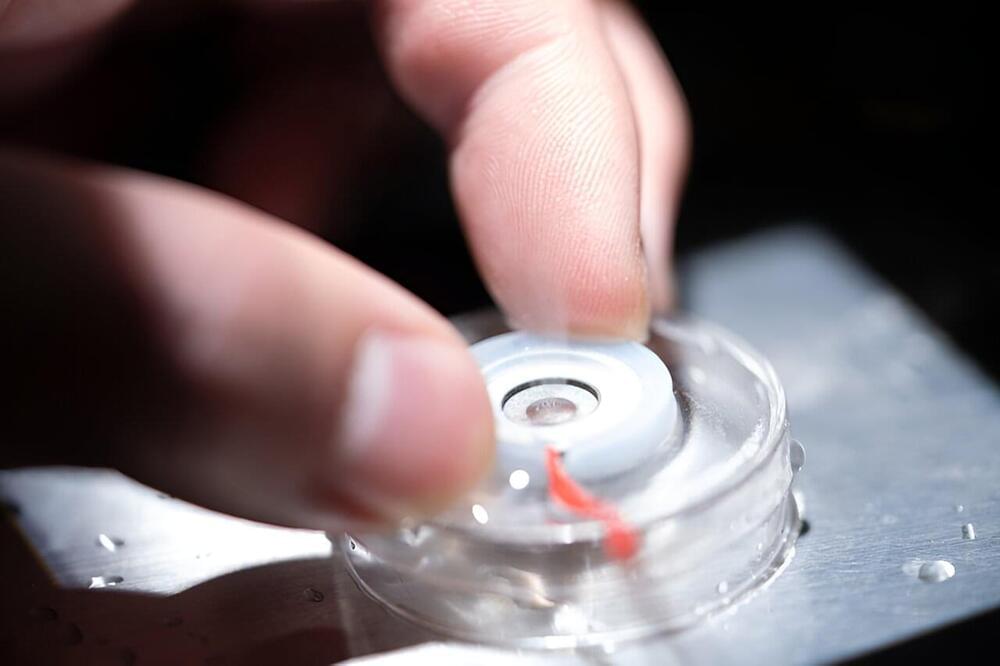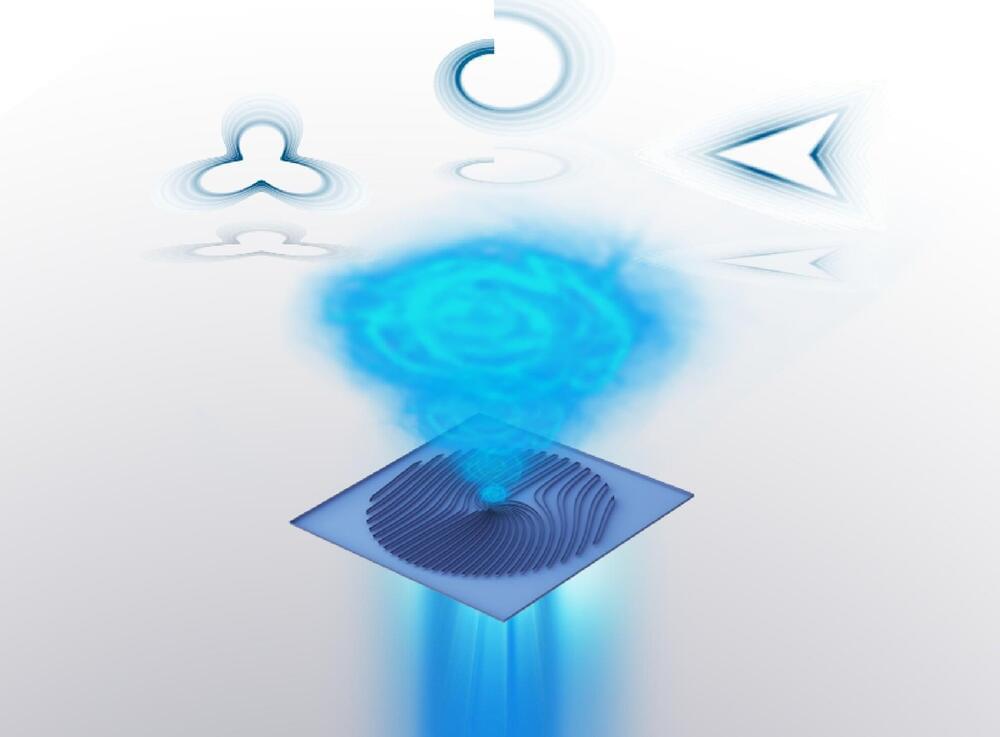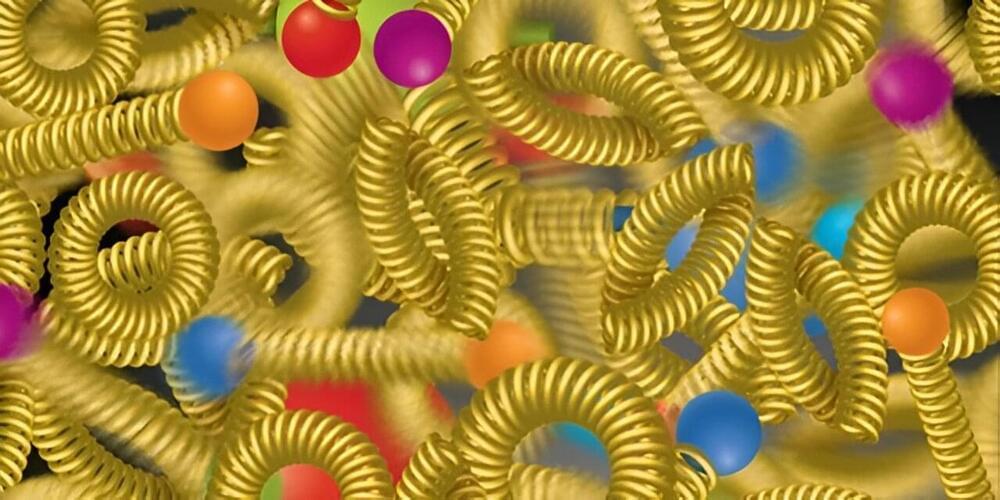PyTorch 2.3 is here 😎🔥
Details:
By Team PyTorch.
We are excited to announce the release of PyTorch® 2.3 (release note)! PyTorch 2.3 offers support for user-defined Triton kernels in torch.compile, allowing for users to migrate their own Triton kernels from eager without experiencing performance regressions or graph breaks. Tensor Parallelism improves the experience for training Large Language Models using native PyTorch functions, which has been validated on training runs for 100B parameter models. As well, semi-structured sparsity implements semi-structured sparsity as a Tensor subclass, with observed speedups of up to 1.6 over dense matrix multiplication.
This release is composed of 3,393 commits and 426 contributors since PyTorch 2.2. We want to sincerely thank our dedicated community for your contributions. As always, we encourage you to try these out and report any issues as we improve 2.3. More information about how to get started with the PyTorch 2-series can be found at our Getting Started page.
